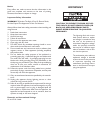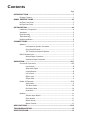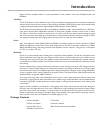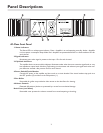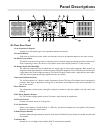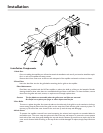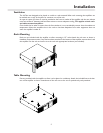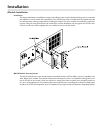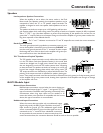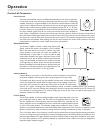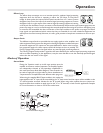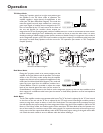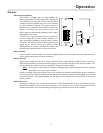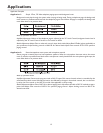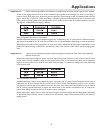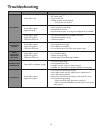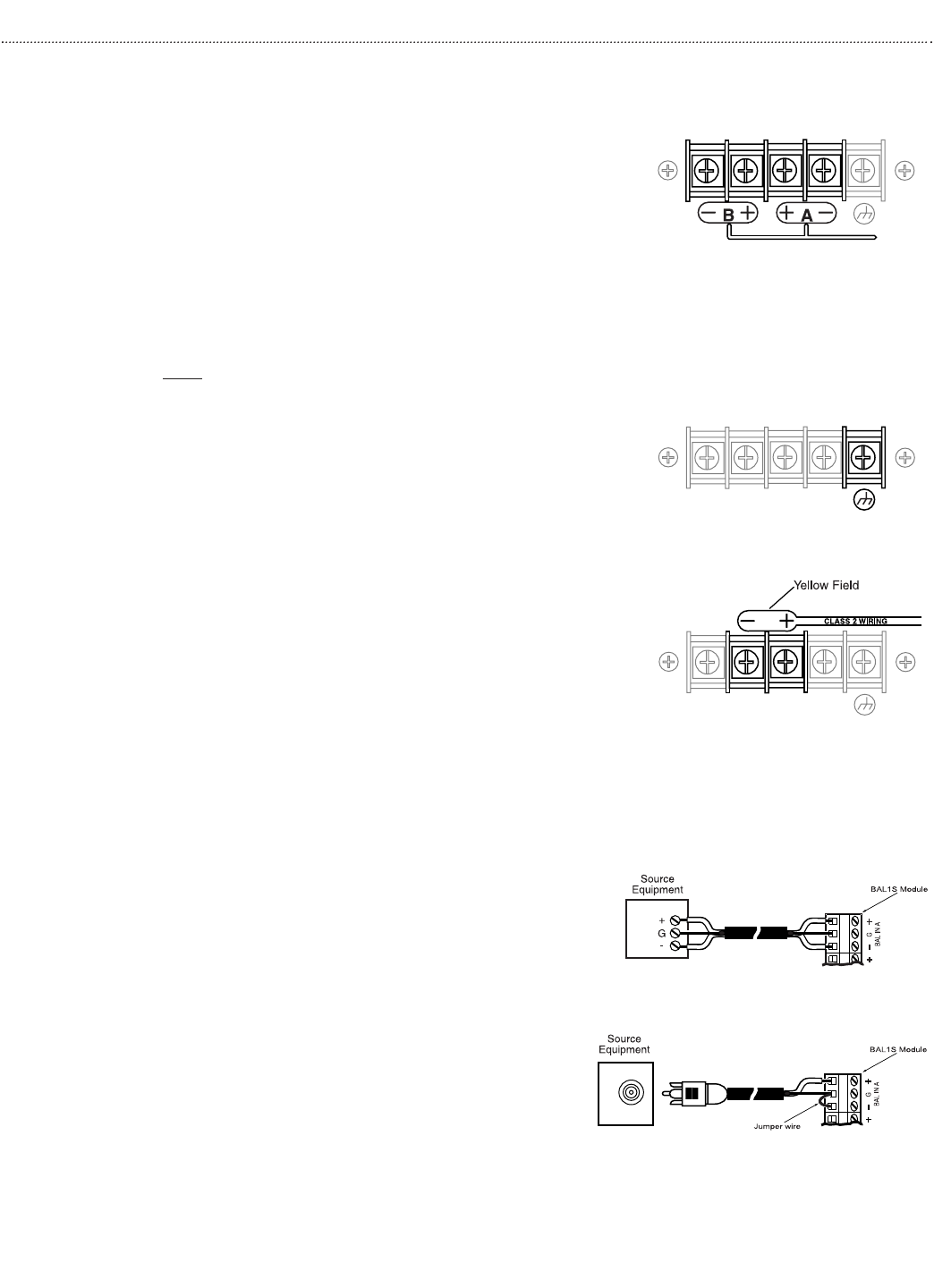
Connections
Speakers
Low-Impedance Speaker Connections
When the amplifier is set to either the stereo mode or the Dual
Mono mode (see Operation section), low-impedance speakers can be
connected to either the "A" or "B" speaker output terminals. The
amplifier is designed to work into speaker load impedances as low as
3.2 ohms.
The speaker terminals can accept up to a #10 spade lug and have inte-
gral clamping plates which make wiring easier.The polarity of each set of speaker outputs (A & B) is indicated
with a "+" and "-" sign. Use these indicators to ensure that the phasing of the speakers are correct. Do not
ground the "+" output of either set of outputs. Doing so will cause the amplifier to go into protect mode, shut-
ting down operation of the affected channel.
Note
: The "+" and "-" indicators are mirrored on "A" and "B" outputs. Be sure to make the correct connections.
Earth Ground Terminal
The earth ground terminal is provided as a convenient means to con-
nect to the amplifier’s chassis/AC ground,if necessary. DO NOT con-
nect the earth ground terminal to the "+" terminals of either output.
No damage will occur if this is done, but the amplifier will go into pro-
tect mode and shut down the effected channel.
70V "Transformer-Coupled" Speakers
The 70V speaker output terminals are only usable when the amplifier
is in the 70V Mono mode (see Operation section). In this mode, both
channels are bridged into a single mono channel. Use only speakers
that are designed to work with 70V audio systems when connecting
to these terminals.The speaker terminals can accept up to a #10 ring
lug and have integral clamping plates which make wiring easier. The
70V output terminals are indicated by a yellow field above them.The
polarity of the output terminals is indicated for speaker phasing pur-
poses. These output terminals must float and cannot be referenced to earth ground,so if they become ground-
ed, the amplifier will go into protect mode, shutting down operation of the amplifier even though no damage
to the amplifier will occur.
BAL1S Module Input
Balanced Input Connections
Balanced input connections are used when the source device pro-
vides a balanced output (signal "+", signal "-",and ground "G").This
type of connection is desirable when operating in electrically noisy
environments, where long input cable runs are needed, or to
ensure the lowest noise operation. If compatible with the source
device, this type of connection is recommended.
Unbalanced Input Connections
When the source device provides only an unbalanced output
(signal and ground), the BAL1S input should be wired with "-"
input shorted to ground (G). The unbalanced signal's shield
wire is connected to BAL1S ground and the signal hot wire is
connected to the "+" terminal. Since unbalanced connections
do not provide the same amount of noise immunity that a bal-
anced connection does, the connection distances should be made as short as possible.
7



